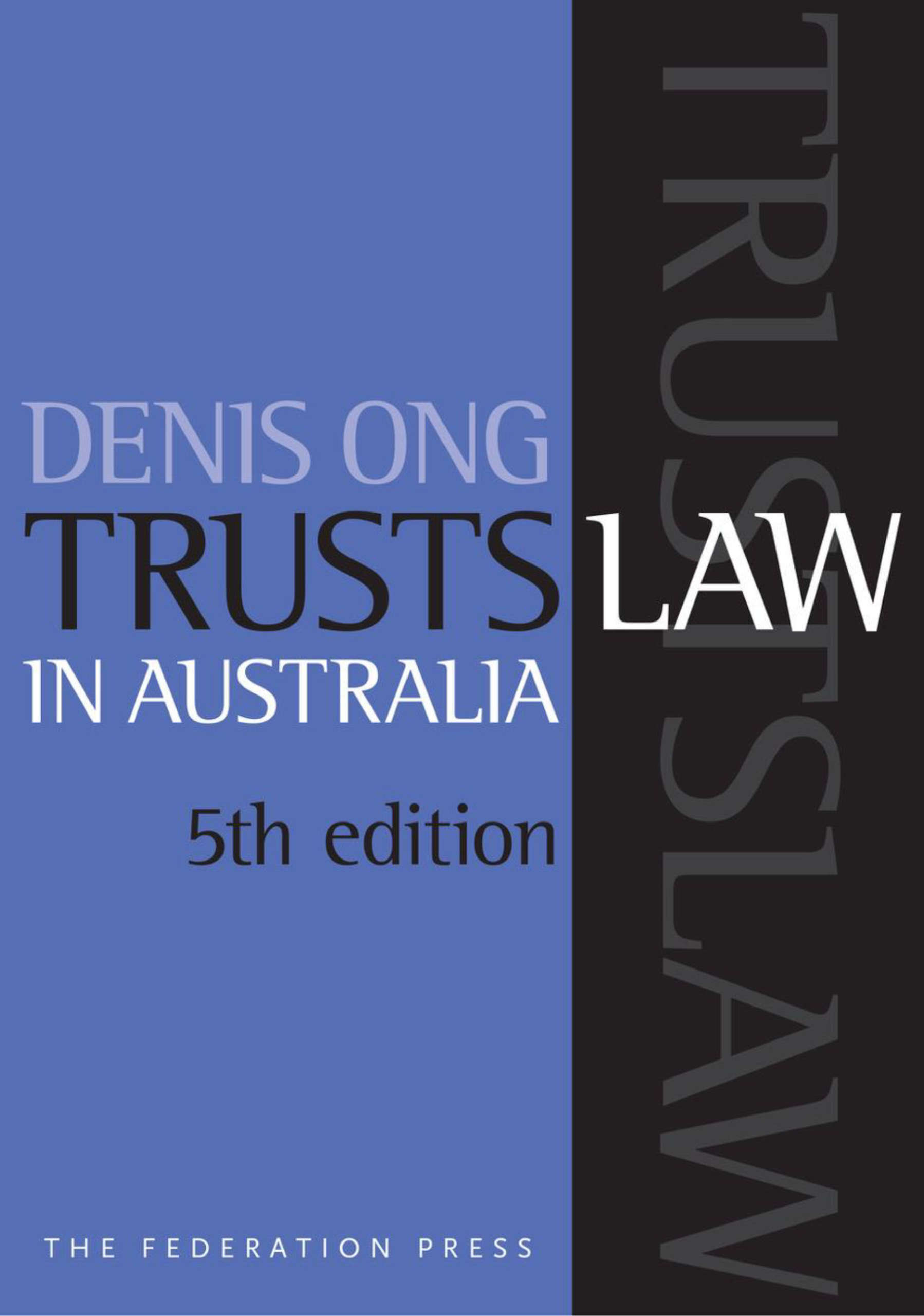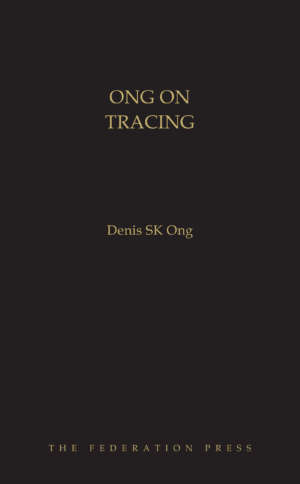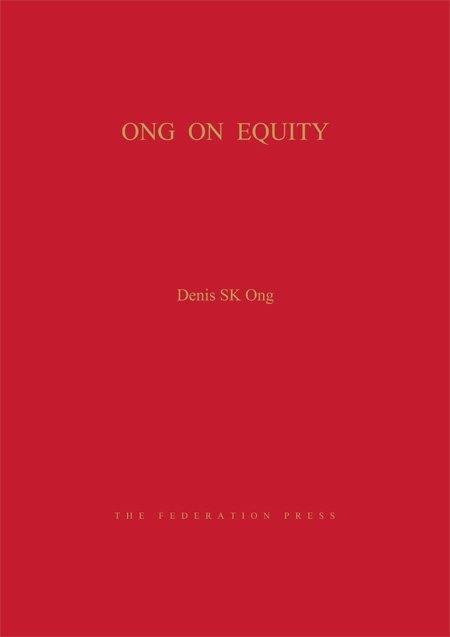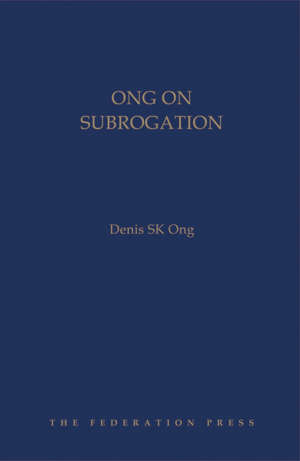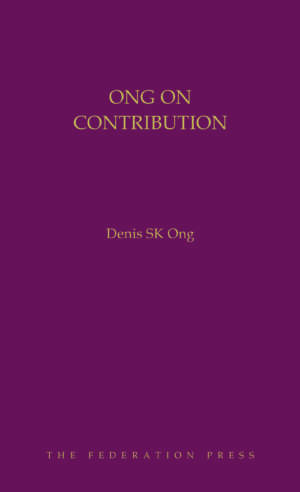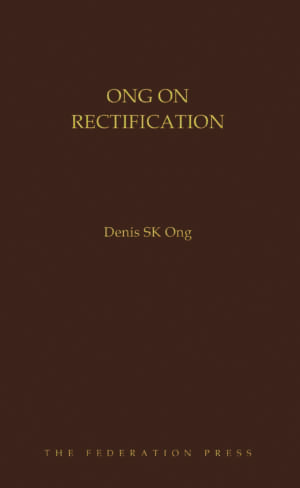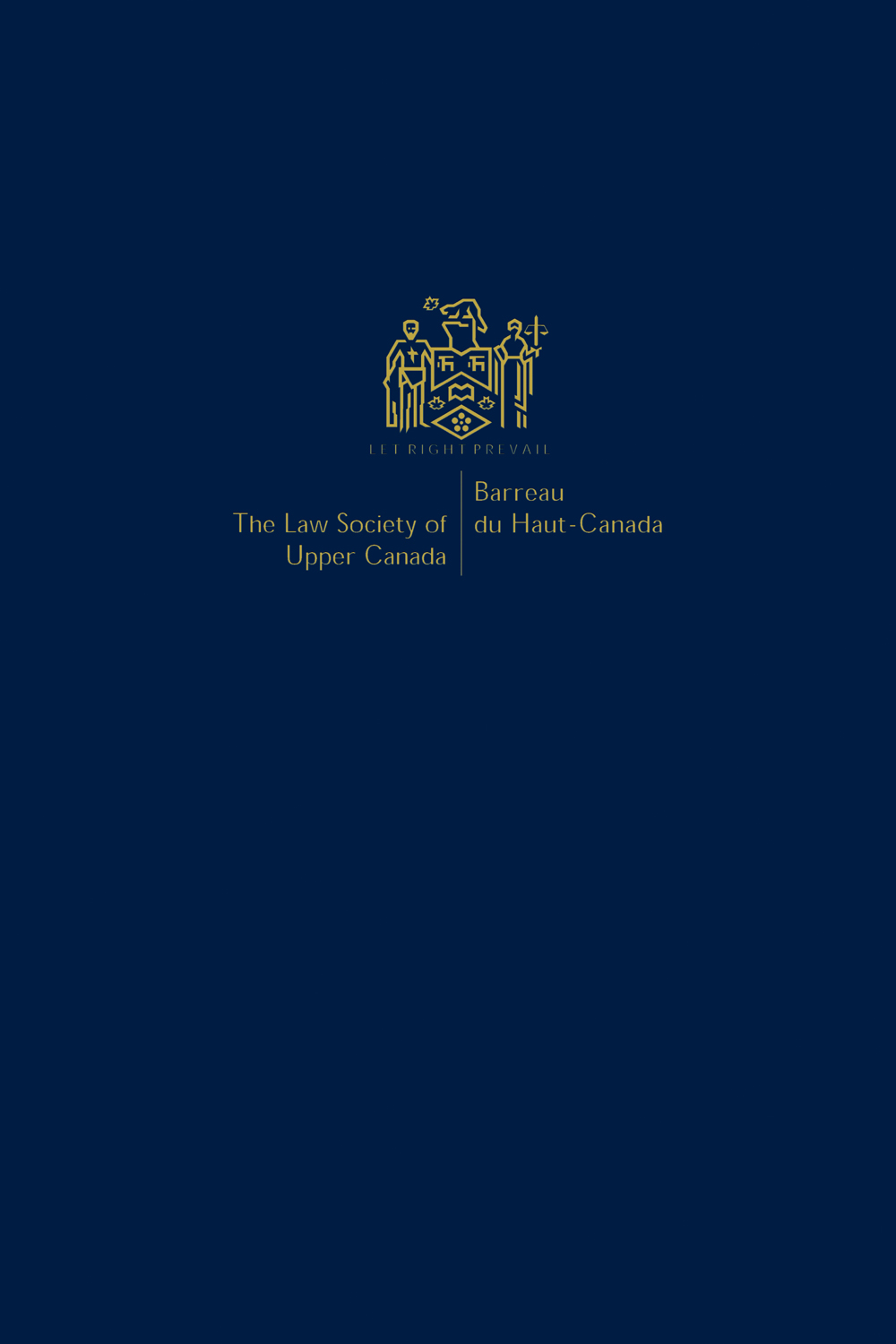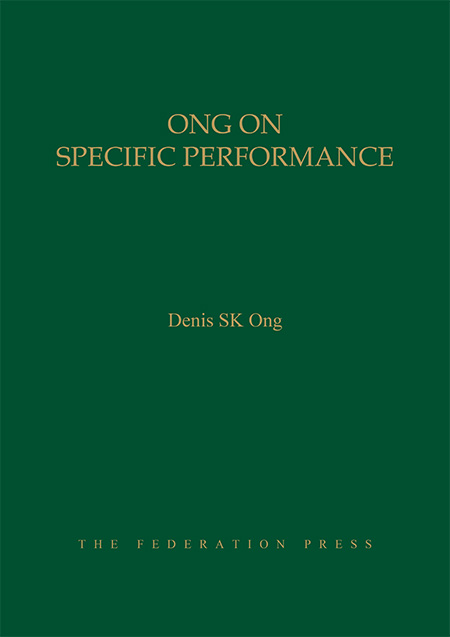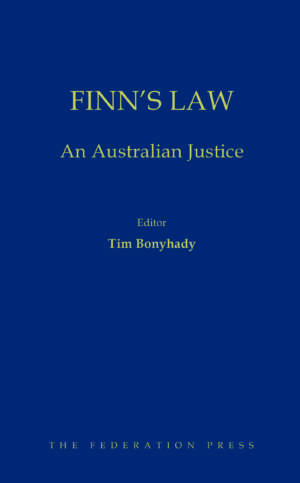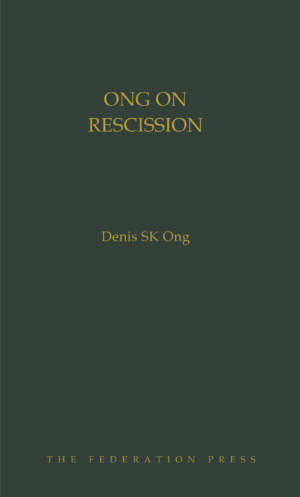Product Description
Trusts Law in Australia, now in its fifth edition, provides a comprehensive and scholarly analysis of modern trusts law. Earlier editions have been praised for their utility both as a text for students and as for the sophisticated analysis of decisions they provide for practitioners.
The text is logically structured, setting out the conceptual foundations of trusts before dealing with all of the key topics including express trusts, charitable trusts, voluntary trusts, resulting trusts, constructive trusts, writing and related requirements, the rules against perpetuities and accumulations, life tenants, remaindermen, tracing, and the duties, liabilities, powers, rights, appointments, retirement and removal of trustees.
Professor Denis Ong’s meticulous analysis of both the facts and reasoning of key judgments identifies conceptual anomalies in the law, and interprets and at times critiques the relevant Australian and UK authorities. Each chapter finishes with a summary of relevant legal principles, making the book unusually accessible.
Among the important decisions included in this new edition:
In Korda v Australian Executor Trustees (SA) Limited (2015) 255 CLR 62, the High Court stated the requirements for establishing an intention to create an express trust.
In Australian Financial Services and Leasing Pty Limited v Hills Industries Limited (2014) 253 CLR 560, the High Court clarified the defence of a bona fide change of position.
In Fischer v Nemeske Pty Ltd (2016) 257 CLR 615, the High Court addressed the distinction between trust and debt.
The Federal Court in Jones v Matrix Partners Pty Ltd [2018] FCAFC 40 and in Lane v Deputy Commissioner of Taxation [2017] FCA 953, and, on the other hand, the Victorian Court of Appeal in Commonwealth v Byrnes [2018] VSCA 41, disagreed on the controversial ramifications of the trustee’s right of indemnity.
In Hasler v Singtel Optus Pty Ltd (2014) 87 NSWLR 609 and Fistar v Riverwood Legion and Community Club Ltd (2016) 91 NSWLR 732 the New South Wales Court of Appeal examined the volatile doctrine of accessory liability in equity.
Preface
Table of Cases
Table of Statutes
1. Introduction
The Trust
The Three Categories of Trusts
2. The Trust Compared with Some Other Concepts
Trust
Debt
Personal Representatives
Partners
Equitable Charge, Equitable Personal Obligation and Condition Subsequent
Bailment
Agency
Mortgage
Unincorporated Associations
Company Directors
Corporations
Company Liquidators
Trust Powers and Mere Powers
Summary
3. Three Certainties Required for Creation of Express Trust
Certainty of Intention
Certainty of Subject Matter
Certainty of Objects
Summary
4. Writing Requirements for Certain Types of Transactions
Section 23C(1)(a) of Conveyancing Act 1919 (NSW)
Section 23C(1)(b) of Conveyancing Act 1919 (NSW)
Section 23C(1)(c) of Conveyancing Act 1919 (NSW)
The Principle in In re Schar
Section 54A of Conveyancing Act 1919 (NSW) and Doctrine of Part Performance
Section 23C of Conveyancing Act 1919 (NSW) and Adamson v Hayes
Dispositions by Will
Summary
5. Complete Constitution of Voluntary Trust
The Basic Principle
Executory Trusts
Particular Applications of Basic Principle
Capacity to Create a Trust
Summary
6. TRUSTEES: Duties, Liabilities, Powers, Rights, Appointment, Retirement and Removal
Duties of Trustees
Liabilities of Trustees: Rights of Beneficiaries
Powers of Trustees
Rights of Trustees
Appointment, Retirement and Removal of Trustees
Summary
7. Charitable Trusts
Charitable Trusts are Trusts to Promote Charitable Purposes
Categories of Charitable Trusts
Trusts for the Relief of Poverty
Trusts for Advancement of Education
Trusts for Advancement of Religion
Trusts for Other Purposes Beneficial to Public
Statutory Modification of Fourth Category
Statutory Severance of Non-Charitable Purposes from Charitable Purposes
The Doctrine of Cy-près
Statutory Cy-près
Control of Public Collection and Disposition of Funds raised for Charitable and Other Public Purposes
Lapse
Summary
8. Resulting Trusts
Statement of Principle
Presumption of Resulting Trust
Presumption of Advancement (Presumption of Gift)
Joint Bank Accounts between Purchasers and Volunteers
The Enigmatic Episode of Tony Vandervell: Vandervell v Inland Revenue Commissioners
Can a Trust be Created by the Transfer of a Bare Legal Estate?
Resulting Trusts Precipitated by Transfer of Property in Trust for Illegal Purposes
Summary
9. Constructive Trusts
Acquisition of Legal Title with Actual or Constructive Notice of Earlier Inconsistent Equitable Interest
Property Acquired through Giving of Knowing Assistance to Another in Latter’s Breach of Fiduciary Duty
Fiduciary’s Duty to Account for Unauthorised Gains
Unconscionable Reliance on Legal Title
Vendor as Conditional Constructive Trustee of Property under Contract of Sale
Summary
10. Tracing
Tracing at Common Law
Tracing in Equity
Tracing and Romalpa Clauses
No Tracing Where Agent a Mere Debtor
Does Defence of Change of Position apply to Law of Tracing?
Backward Tracing?
Summary
11. The Rights of Life Tenant and Remainderman Regarding Income and Capital
Rule in Howe v Lord Dartmouth
Apportionment Legislation
Distinguishing Capital from Income: Company Shares and Pastoral Properties
Burden of Loss or Expenditure to be Borne as between Capital and Income
Rule in Allhusen v Whittell
Summary
12. The Rule Against Perpetuities and the Rule Against Accumulations
Statement of Rule Against Perpetuities
Statement of Rule Against Accumulations
Summary
Index

